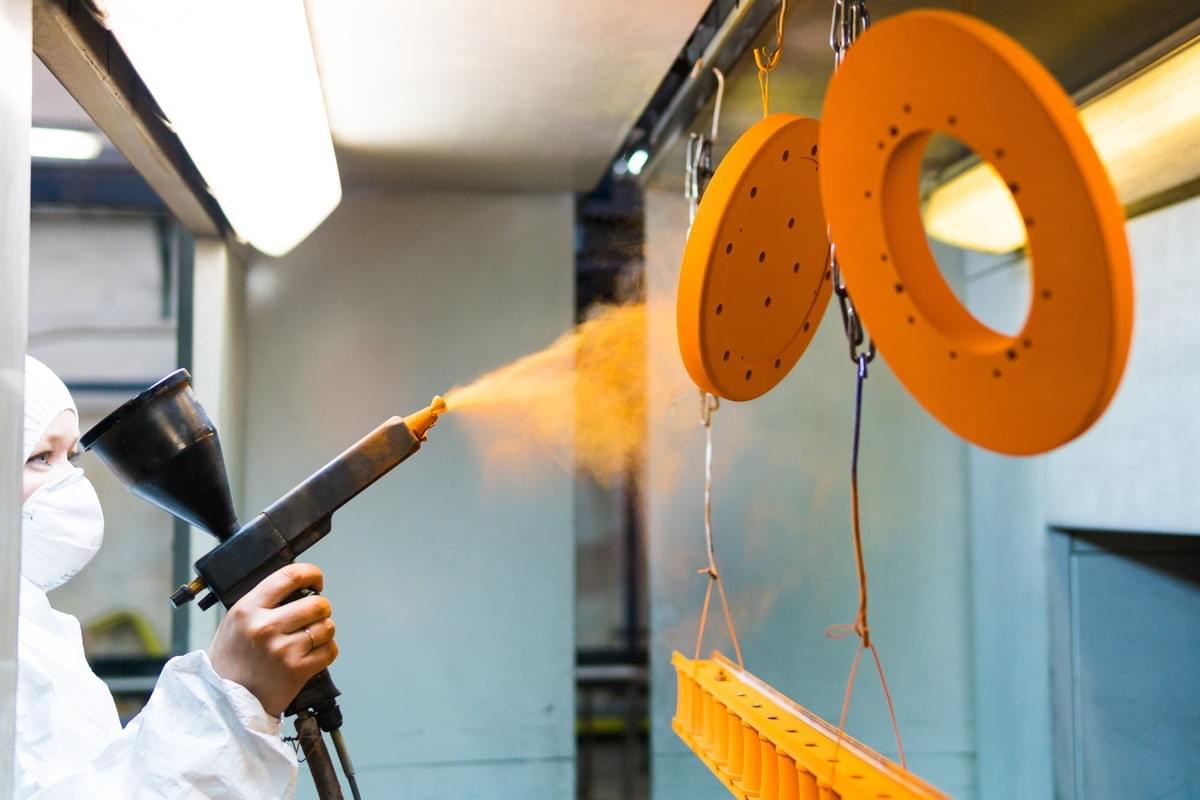
Media blasting is an easy form of rough unpleasant blowing up where sodium bicarbonate or calcium bicarbonate is blasted onto a difficult surface area with pressed air. It also has a less strong an unpleasant action than sandblasting, although it has a milder blast deflection. An application by the USA armed force was made use of throughout World Battle 2 in order to blast away enemy airplane out of the air, potentially to be shot down. An example of a tough surface to be blown up with media blowing up would be cast iron or aluminum. It can likewise be utilized on flat or bent surface areas.
A very effective application technique is to fire fine particles of the media blasting powder onto the surface areas to be blasted. These great particles can then be shot right into the air at extremely high rates in order to raise the speed of the increasing powder and also hence the deflection of the influence. The speed of the expanding bits is very important, given that it relies on the dimension, shape, as well as tension of the rods or various other media that the bits will certainly be shot on. A different kind of media blasting uses salt or co2 blowing up media. This is called carbon dioxide stripping media. In this application, great sodium or co2 beads or slurry are fired right into the air at extremely high velocity. Once they fall, they land back to the ground due to the fact that the atmospheric pressure at the soil surface is more than what the grains fall as.
It is possible to take advantage of this technique on various surface areas such as metal, wood, plaster board and concrete. Various types of media blasting are available for various functions. In the case of aluminum, fine aluminum beads or slurry are shot at exceptionally high speed in an effort to eliminate rust from the surface. In cases of soft metals, pieces of hard plastic are made to be shot at high rate in order to roughen them up. Fining sand media might also be utilized on soft steels in an effort to take away a specific kind of flaw without creating any type of damages to the rest of the item.
For concrete, fine sand fragments or rough pieces of cement are shot at high-pressure to get rid of soil bits or to roughen them up. In the case of nuts, smooth items of steel might be contended high-pressure in an initiative to remove minute irregularities. The regularity as well as the strength of the media blowing up will depend upon the kind of material being contended. In cases of aluminum and magnesium, high-pressure can be utilized continuously to accomplish the wanted outcome.For soft steels, such as aluminum and copper, constant media blowing up can be used over a time period to accomplish the desired outcomes. Another kind of media blasting is called sand blowing up. In this instance, great sand is used as the media blasting part, and after that fine abrasives are contended the material at a really high rate.
The frequency of the treatment and the strength of the media blasting depends on the size of the material that is to be blasted. Generally, silica particles are used in sand blasting, although they can likewise be made use of in light weight aluminum as well as copper.For more info on this topic, see this alternative post: https://www.britannica.com/technology/blasting .